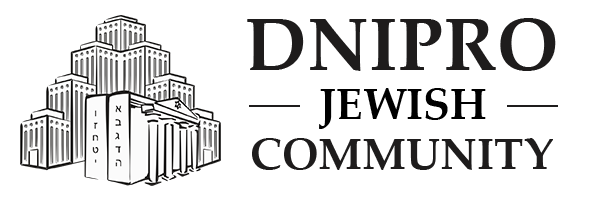It is the ninth and third month. The Jewish year has (at least) two “beginnings” – in the spring month of Nisan and the autumn month of Tishrei. If counting from Nisan, Kislev is the ninth month, but if counting from Tishrei, when we celebrate the most important holidays of the year, it is the third.
Kislev can last 29 or 30 days. Jewish months usually alternate in length. One consists of 29 days, the next of 30, and so on. The exceptions are only Kislev and the preceding month of Cheshvan, which can both last 29 days, both last 30 days, or last 29 and 30 days respectively, allowing the alternation pattern to be maintained. Starting from the next month, Tevet, the alternation resumes.
It never begins on Shabbat. The Jewish calendar is cyclical and follows a specific rhythm, so most of its dates can only fall on four of the seven days of the week (this is related to the peculiarities of the autumn holidays). Since Cheshvan can last either 29 or 30 days, each date in Kislev has two possible days of the week. Because of this, the first day of this month can fall on any day of the week except Shabbat.
The Great Flood ended on the 27th of Kislev. The first drops of rain that began the Great Flood in the time of Noah fell on the earth on the 17th of Cheshvan, and from that moment the precipitation did not stop for 40 days. Comparing these facts, we conclude that most of this most famous rain in human history fell precisely in Kislev, and it ended on the 27th.
The month ends in the middle of Chanukah. Chanukah, the Festival of Lights, begins on the evening before the 25th of Kislev and ends eight days later. Since a month cannot last longer than 30 days, it turns out that Kislev ends while the lights of Chanukah continue to grow brighter each evening, shedding more light on the long winter twilight. One explanation for the origin of the holiday’s name is that it was on the 25th of Kislev that the Maccabees defeated the enemy army and reclaimed the Holy Temple. In Hebrew, the word “Chanukah” — חנוכה — can be read as “chanu kah” — חנו כ”ה — “they rested on the 25th” (the letter combination “כ”ה” has a numerical value of 25).
The influence of the letter Samekh. The ancient mystical work known as Sefer Yetzirah, speaking of this month, informs us that God “formed the letter Samekh, dominant during sleep, crowned it, combined it, and with it created in the world the bow (as a weapon), and in the year, Kislev…” The previous month, Cheshvan, is associated with the scorpion’s sting and the letter Nun, which symbolizes nofel — falling. Thus, in this month, after the fall, we rise again with the letter Samekh, whose name means “support, base.”
Zodiac sign — Sagittarius. As noted in Sefer Yetzirah, the Jewish sign of this month (its mazal) is Sagittarius (Keshet — the Archer). According to many sages of the Midrash, this tells us that even if a person’s sins are like the poisonous sting of a scorpion (the symbol of Cheshvan), through prayer they can be loaded into the bow and shot to the place farthest from them. Some associate the Archer’s bow with the rainbow, which the Almighty established as a sign of the covenant with Noah after the Flood.
The name Kislev has several meanings. Some sages connect the name Kislev with the word kesel — “flank, thigh” (referring to the constellation Orion). Others point to a connection with the word ksil — “fool,” reminding us how God cares even for those who have acted foolishly. Others speak of the origin of the word Kislev from kisliv (“trust, hope”), explaining that it is very important to trust in the Almighty — for it was due to their strong faith that the Maccabees merited the Chanukah miracle (another explanation of the same variant states that during this period active prayers for rain begin, and people hope that the precipitation will come on time and be of optimal intensity).
The prophet Ezra led a public assembly this month. In the early years of the Second Temple era, the scribe Ezra, who was then the leader of the children of Israel, convened the Jewish people, recently returned from the Babylonian exile, for a special public assembly in the Temple courtyard. There, standing in the rain, the people agreed to fully return to the ways of the Almighty and to abandon the intermarriages they had entered into while in exile.
The construction of the Mishkan was completed. The sages relate that the construction of the Mishkan (Tabernacle) was completed during Kislev. However, Moses postponed the ceremony of its inauguration until the spring month of Nisan. Almost a thousand years later, Kislev received its “compensation” when the Second Temple was rededicated after its liberation from the Greeks on the 25th of Kislev, during the events of Chanukah.
The construction of the Second Temple began. In the book of the prophet Haggai, we read: “Consider, I pray you, from this day and forward, from the four and twentieth day of the ninth month, from the day that the foundation of the Lord’s temple was laid; consider it now in your heart.” According to Rashi, this prophecy indicates that on the 24th of Kislev, the Jews began to build upon the existing foundation of the Temple, which they had constructed during the reign of King Cyrus.





